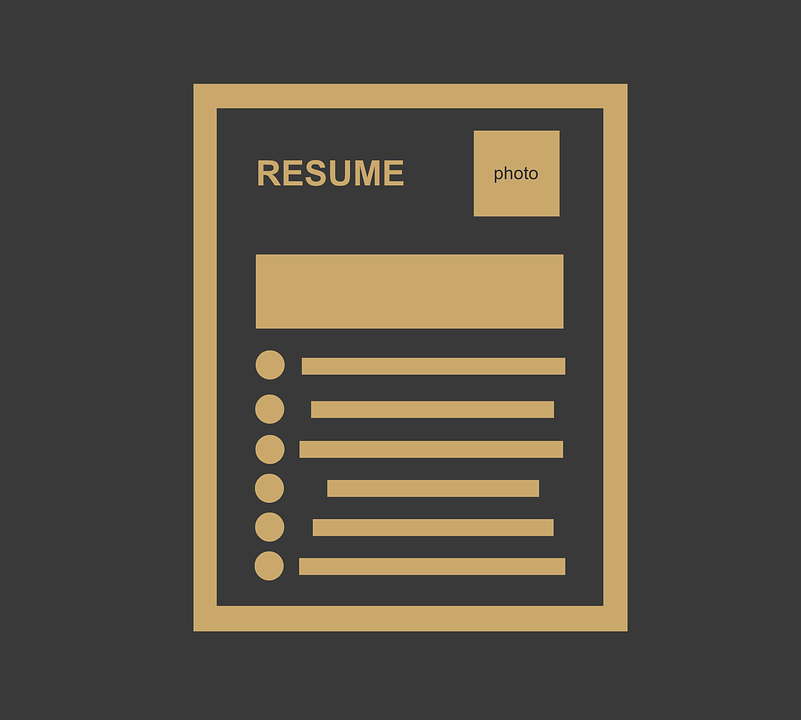A resume is a one-page list of your theatrical experience. This can be your education, training, contact information, and the acting roles you have taken.
A resume helps directors know more about you, which aids them in deciding whether you should be cast or not.
What is an Actor Resume ?
Every actor’s career starts with a resume.
It is important that applicants to film, television, theater or other acting media are able to clearly communicate their skills and experience.
Most importantly, a resume should be formatted correctly in order to stand out amongst the crowd.
Your resume should :
1 Truthfully represent who you are
2. Truthfully represent how you’ve trained
3. Truthfully represent what you’ve done
What to Include in an Acting Resume ?
- Contact Information of yourself and your agent
- Your Acting Experience
- Physical Attributes
- Acting Credits
- Education and Training
- Your Role Types
- Workshops and Training
- Past Experience
- Awards and Accolades
- links to your past work, testimonials, reviews, etc…
- Your Headshot
- Your measurements and description
- Any specific/unique skills you have
- Your professional (stage) name
- Union affiliations and agency (if any)
- List your vocal type, if you want to do musical theater.
Actor Resume Sections
- Header
- Name
- Contact information (this will be your agent’s info, if you have one)
- Phone number
- Eye Color (optional)
- Height (optional)
- Weight (optional)
- Personal Information
- Profile Title
- Summary
- Key Skills
- Sports
- Physical training
- Dialects
- Musical Instruments
- Foreign Languages
- Professional Experience
- Internship
- Education
- Awards and Recognition
- Certification and Training
- School
- Classes
- Teachers
Characteristics of a Good Actor Resume
1. Visually Attractive
Your resume must grab the attention of the casting directors, producers, and directors.
Check out other resume templates that you find appealing and easy to read.
2. Fits On One Page
An actor’s resume should not be more than 1 page.
Other jobs can have 2 or more pages but this is a strict rule in the acting industry.
3. Includes a Headshot
When you’re applying for a job, your resume is the only thing that will help you stand out amongst the crowd. You want it to be fresh and attractive without being overloaded with information.
You should attach your resume to the back of your headshot.
A thumbnail photo that matches the full headshot you submit makes your resume more memorable.
4. Truthful & Accurate
There are a lot of ways to get your foot in the door when you’re looking for your first gig in the performing arts.
Whether it’s by submitting a resume, creating an online portfolio or attending open calls, you have to be prepared to be honest and truthful. DONT LIE!
You can’t go around making claims without evidence or at least providing a source. Stick to facts and you’ll be fine.
5. Customized to the Role
If you’ve had a lot of performances, you may not be able to fit everything on one page. This is when it becomes necessary for you to customize your performance resume to the role you want.
Include only the experiences, education, and special skills that are relevant to the role.
One of the biggest challenges of being a performer is organizing your professional experience in a way that makes sense to casting directors.
If you’ve had a lot of performances, you may not be able to fit everything on one page so you should customize your performance resume to the role you want.
Be specific.
Tips for writing your resume
- The list of names of the production, production company and your role should only be included in your acting experience and work history.
- Target specific roles while writing your resume.
- Your resume should be 1 page in length.
- The fonts used should be Times New Roman or Arial or Calibri.
- The font size should be 10-12 point size.
- Dates should be written using this format mm/yy-mm/yy.
- Your name should be on the top of the resume in a large, bold font.
- Don’t include arbitrary information.
- Include any awards you’ve received.
Resume Do’s AND Don’ts
DO
- Staple your resume to the back of your headshot
- Both should be 8 x 10
- If you have a lot of projects only list the best ones
- Your resume should be easy-to-read
- Modify your resume for a specific role not the industry
- Be honest
- Make your cover letter as good as your resume
DON’T
- Make your resume more than 1 page
- Don’t input your social security number
- Don’t state your physical address
- Don’t mention background roles
- Don’t put too much text
- Don’t mention your age
- Don’t mention your computer proficiency
Acting Resume Template
(Zoom in)
Conclusion
A resume is one of the most important documents in your career, so it pays to take some time and to put some thought into how you want to present yourself.
When you build your own resume, you are creating a written representation of who you are as a performer.
Be truthful about everything.
Leave a comment with your opinion or any questions you may have below…


